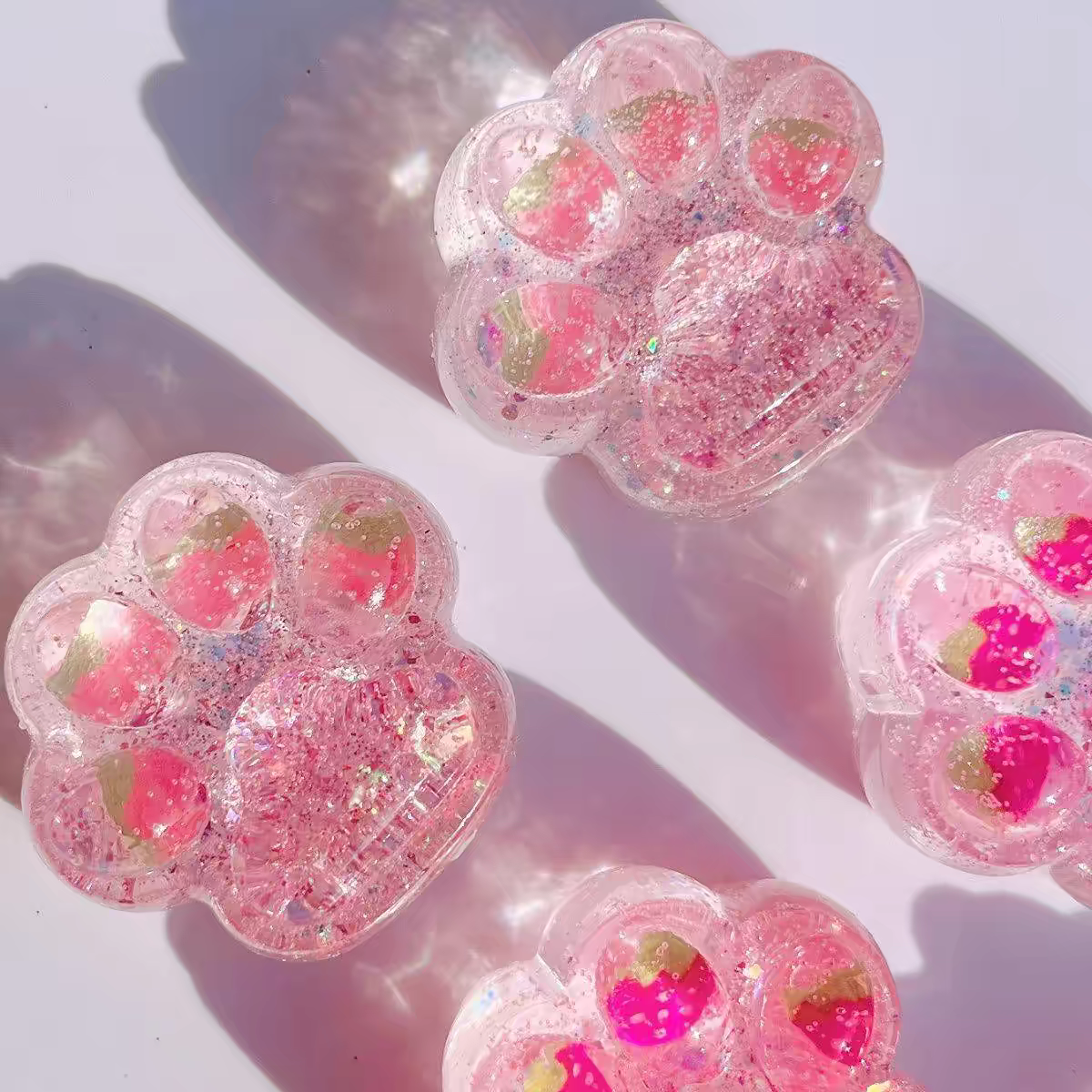Squeezing a stress ball is a popular method for relieving tension and stress. The material that stress balls are made of plays a crucial role in their effectiveness. There are various types of materials used in stress balls, each with its own unique properties and benefits.
One common material used in stress balls is foam. Foam stress balls are soft and pliable, allowing them to be easily compressed and shaped. They are lightweight and easy to carry around, making them convenient for use at home, work, or on the go. Foam stress balls come in a variety of colors and sizes, making them a customizable option for individuals looking to relieve stress. The soft texture of foam stress balls provides a comfortable feel when squeezed, making them a popular choice for many people.
Another popular material used in stress balls is gel. Gel stress balls are filled with a semi-solid gel material that provides a firm yet flexible texture. The gel filling allows for a satisfying squeeze that can help improve hand strength and flexibility. Gel stress balls are durable and long-lasting, making them a cost-effective option for individuals looking for a reliable stress relief tool. The gel material also retains its shape well, ensuring that the stress ball maintains its effectiveness over time.

Some stress balls are made from rubber or silicone materials. Rubber stress balls are firm and durable, providing a strong resistance when squeezed. They are ideal for individuals looking for a more challenging squeeze that can help improve hand strength. Silicone stress balls are soft and pliable, making them comfortable to squeeze for long periods of time. They are also easy to clean and maintain, making them a hygienic option for individuals who use stress balls regularly.
In addition to traditional materials like foam, gel, rubber, and silicone, there are also alternative options available for stress balls. Some stress balls are filled with materials like sand, rice, or beads, providing a unique texture and feel when squeezed. These alternative materials can offer a different sensory experience that may be beneficial for individuals with specific preferences or needs.
Overall, the material used in a stress ball can significantly impact its effectiveness and usability. Whether you prefer a soft foam stress ball, a firm rubber stress ball, or a pliable gel stress ball, there are plenty of options available to suit your individual preferences. Experimenting with different materials can help you find the perfect stress ball for your needs, providing you with a reliable tool for relieving tension and stress in your daily life.




